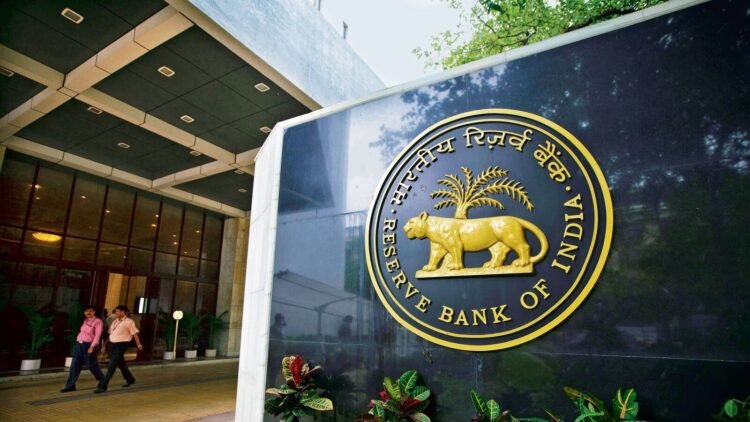More than two years after the Reserve Bank of India (RBI) announced the withdrawal of Rs 2,000 denomination banknotes, a small fraction of these high-value notes are still in circulation. According to the latest data released by the central bank, Rs 5,884 crore worth of Rs 2,000 notes remain with the public as of September 30, 2025. This figure represents just 1.65% of the total value that was in circulation at the time of withdrawal.
The Rs 2,000 note, introduced in November 2016 following the demonetisation of Rs 500 and Rs 1,000 notes, was officially withdrawn from circulation on May 19, 2023. While the denomination remains legal tender, the RBI has steadily phased it out from public use.
RBI’s Official Data on Withdrawal
When the withdrawal was announced in May 2023, the total value of Rs 2,000 notes in circulation stood at Rs 3.56 lakh crore. In the 28 months since, the vast majority of these notes have been returned to the banking system, either through deposits, exchanges, or post office facilities.
In a statement, the RBI confirmed: “As of September 30, 2025, Rs 2,000 banknotes worth ₹5,884 crore remain in circulation. Thus, 98.35% of the Rs 2,000 banknotes in circulation as on May 19, 2023, have since been returned.”
Facilities for Exchange and Deposit
To ensure a smooth withdrawal process, the RBI has made several avenues available for the public to exchange or deposit the notes:
- RBI Issue Offices: The notes can still be exchanged at 19 designated RBI offices across India, including those in Mumbai, Delhi, Chennai, Kolkata, Bengaluru, Jaipur, and others.
- Bank Deposits: From October 9, 2023, individuals and entities have also been allowed to deposit Rs 2,000 notes directly into their bank accounts through RBI offices.
- India Post Services: Citizens can send Rs 2,000 notes via India Post from any post office across the country to RBI offices for credit into their bank accounts.
These multiple channels were designed to give citizens ample flexibility and avoid disruption in financial activities.
Why the Withdrawal Was Announced
The central bank has clarified that the decision to phase out the Rs 2,000 notes was not a repeat of demonetisation but a strategic step. The denomination was initially introduced to quickly meet the currency requirement after the 2016 move. However, with adequate stock of other denominations available, the RBI deemed the Rs 2,000 notes unnecessary for day-to-day transactions.
Another reason, officials pointed out, was that the high-value notes were often used for hoarding rather than daily retail transactions, which limited their utility in circulation.
Public Response and Impact
The withdrawal has had minimal impact on regular transactions since lower denominations are widely available. However, the gradual approach—unlike the sudden demonetisation of 2016—helped maintain public confidence and avoid disruption in the economy.
With the RBI confirming that Rs 5,884 crore worth of notes are still in circulation, experts suggest these could largely be held as unaccounted reserves, forgotten cash holdings, or collections that have not yet been exchanged.
What Lies Ahead for the Rs 2,000 Note
Despite the withdrawal from circulation, the RBI has reiterated that the Rs 2,000 note continues to be legal tender. This means individuals can still use them for transactions, although their acceptance in retail and commercial spaces has dropped sharply.
Financial experts say that over time, the remaining notes will likely return to the system, either as people deposit old cash holdings or during compliance checks in financial institutions.
You Learn
The RBI’s update underscores the near-complete phase-out of the Rs 2,000 denomination, with 98.35% already returned. While a small amount remains in circulation, the central bank’s continued facilities through RBI offices and India Post ensure that holders of these notes still have opportunities to exchange or deposit them.
The transition marks a significant step in India’s evolving currency management strategy, balancing the need for efficiency, transparency, and public convenience in handling cash.
(India CSR)




















